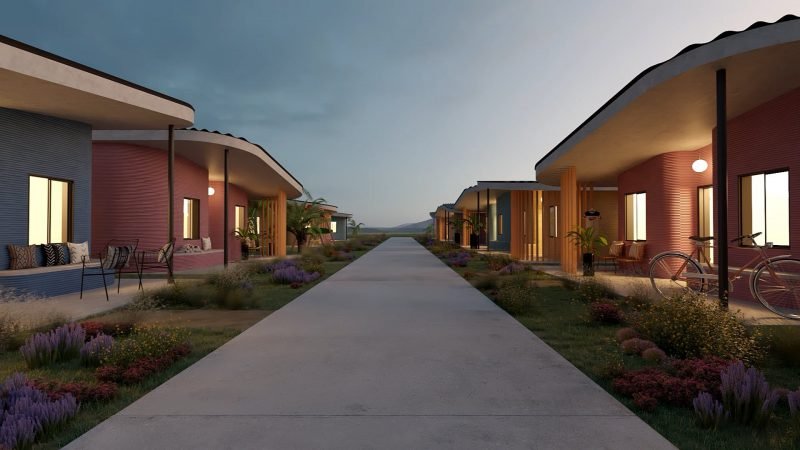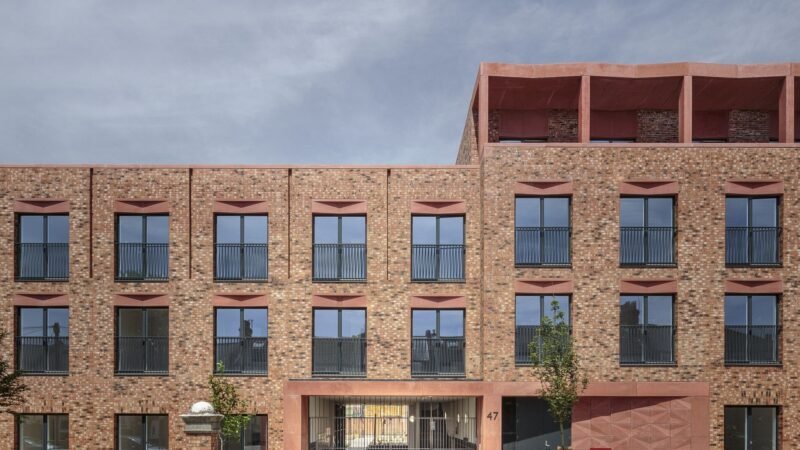3D Printed Housing for Low Income Groups in Latin America
Designer Yves Béhar is collaborating with ICON and New Story to build an entire 3D printed community of houses for low-income and rural workers — in an undisclosed city in Latin America — to help bring them out of poverty and ensure them housing security.
Yves Béhar, designer for Fuseproject, is teaming up with ICON (an Austin-based construction technologies company) and New Story (a non-profit organization) to build a 3D printed cluster of houses — in just a 24-hour period — in rural and low income areas. The city where this project is to take place hasn’t been communicated yet. This initiative targets specifically local farmers and low-income families as it will ensure them with affordable housing.

The houses that are in the works have been designed in a way to withstand environmental hazards. For example; a slanted roof will be built to cope with heavy rainfalls and stronger walls will be installed in the case of earthquakes.

Residents will also be involved in the personalization of their homes, ranging from the color of the exterior, to the number of bedrooms they want. Their role in customizing their residence is both to give unique and authentic attributes to each home that reflect the family or individual living there, and to give these locals a sense of ownership of their homes. Members of Fuseproject spent a lot of time with the residents to understand and get a sense of their culture, traditions and customs, so that they can apply the knowledge they acquired to create a home that will suit them best. Residents will pay off their homes with no-interest loans, depending on their incomes and the money will be pumped back into share funds to pay for other various community resources.
Back in 2018, New Story and ICON built a successful prototype house in Austin, in just 48 hours, proving the efficiency of the technique. A similar idea in Nantes was developed, also dating back to 2018, where the University of Nantes completed the first social housing project with 3D printing.

3D printing, as a method, is advantageous in multiple ways: it reduces the time of construction, the amount of effort invested and the cost of production. This method is being used more and more, as it creates sustainable housing that aids in providing security for many and decreasing the substantial levels of poverty that certain areas and communities are struck by.



